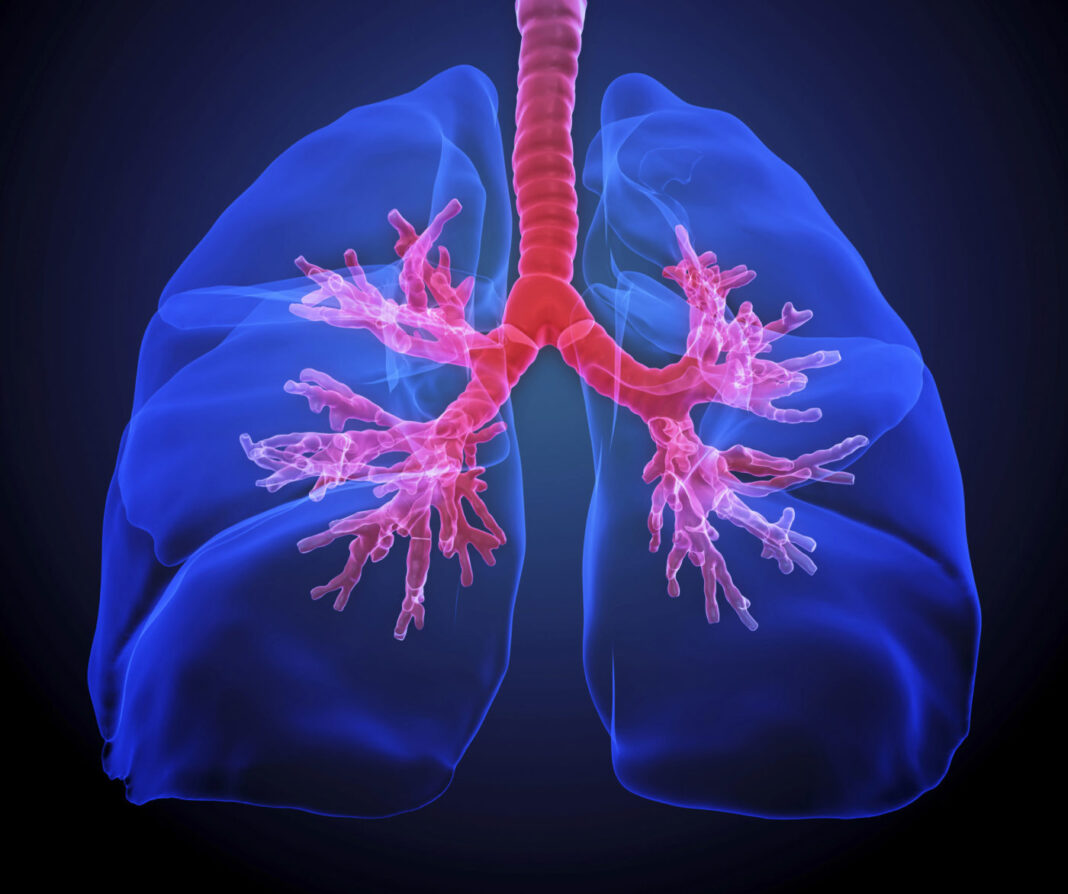The RAF1 gene belongs to a class of genes known as oncogenes. When mutated, oncogenes have the potential to cause normal cells to become cancerous. One of the challenges in cancer research is the development of therapeutics against KRAS oncogenes. Using genetically modified mice models that recapitulated human lung adenocarcinomas and cryoelectron microscopy, researchers at Centro Nacional de Investigaciones Oncológicas (CNIO) have revealed the structure of RAF1 which may lead to the development of new therapeutics against lung cancer induced by KRAS oncogenes.
The findings are published in the journal Molecular Cell in a paper titled, “Structure of the RAF1-HSP90-CDC37 complex reveals the basis of RAF1 regulation.”
“RAF kinases are RAS-activated enzymes that initiate signaling through the MAPK cascade to control cellular proliferation, differentiation, and survival,” wrote the researchers. “Here, we describe the structure of the full-length RAF1 protein in complex with HSP90 and CDC37 obtained by cryoelectron microscopy.”
“The reconstruction reveals a RAF1 kinase with an unfolded N-lobe separated from its C-lobe. The hydrophobic core of the N-lobe is trapped in the HSP90 dimer, while CDC37 wraps around the chaperone and interacts with the N- and C-lobes of the kinase. The structure indicates how CDC37 can discriminate between the different members of the RAF family. Our structural analysis also reveals that the folded RAF1 assembles with 14-3-3 dimers, suggesting that after folding RAF1 follows a similar activation as B-RAF.”
“The information provided by this study opens up a range of options for developing drugs that can degrade RAF1,” said Sara García-Alonso, PhD, a postdoctoral research scientist at CNIO and first author of the article. “A window of opportunity is now open to design RAF1 degraders with an important therapeutic effect in patients with lung adenocarcinoma induced by KRAS oncogenes.”


